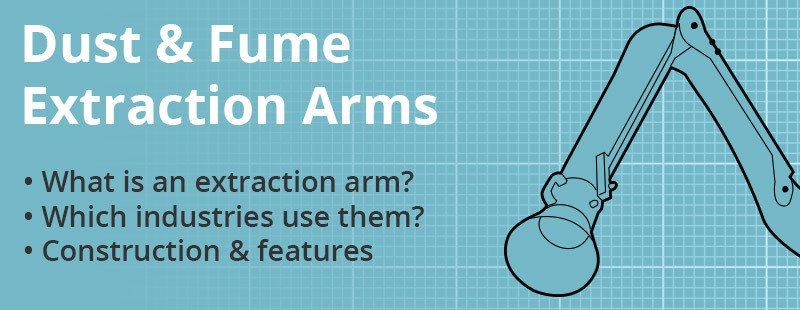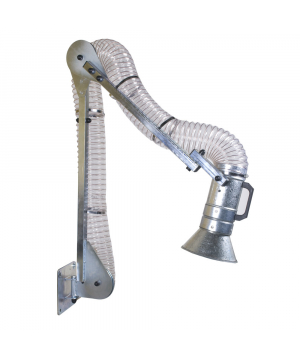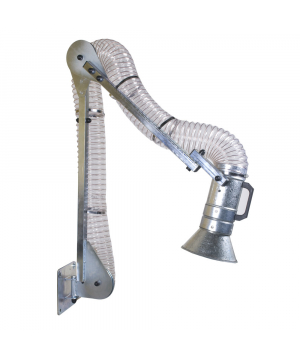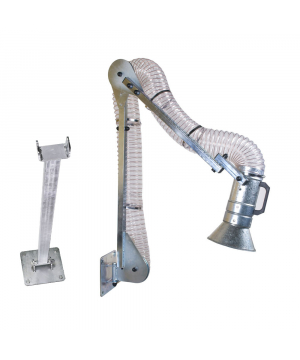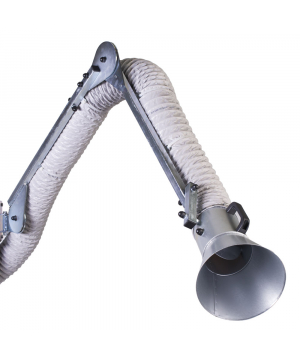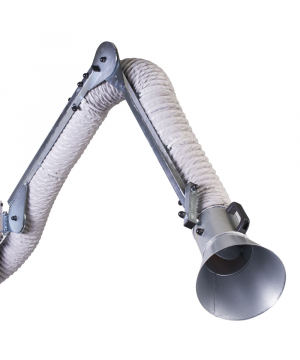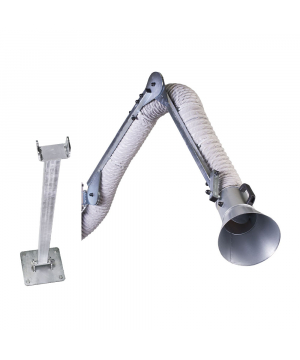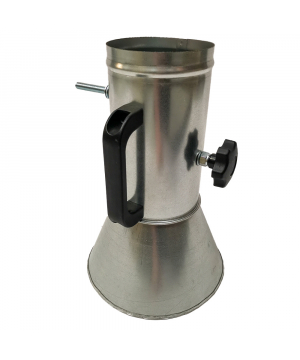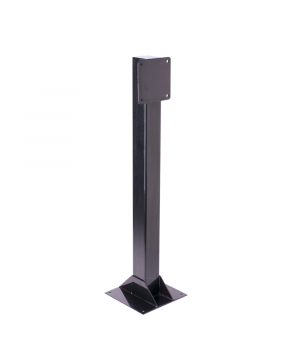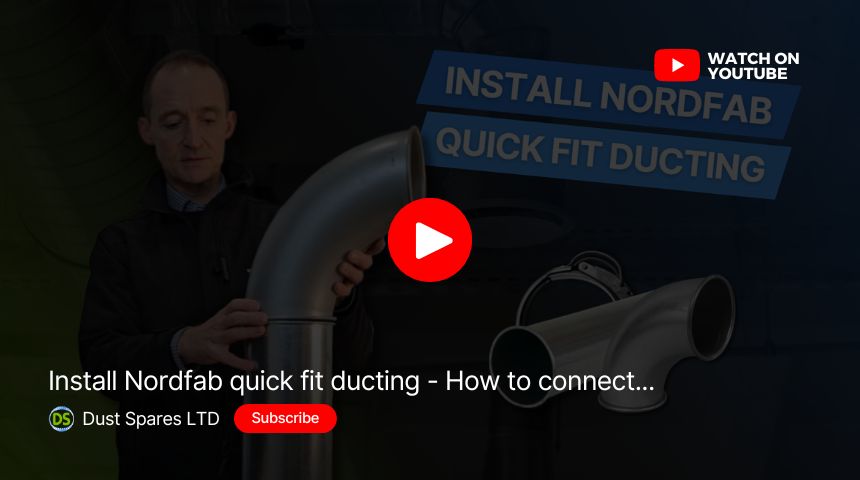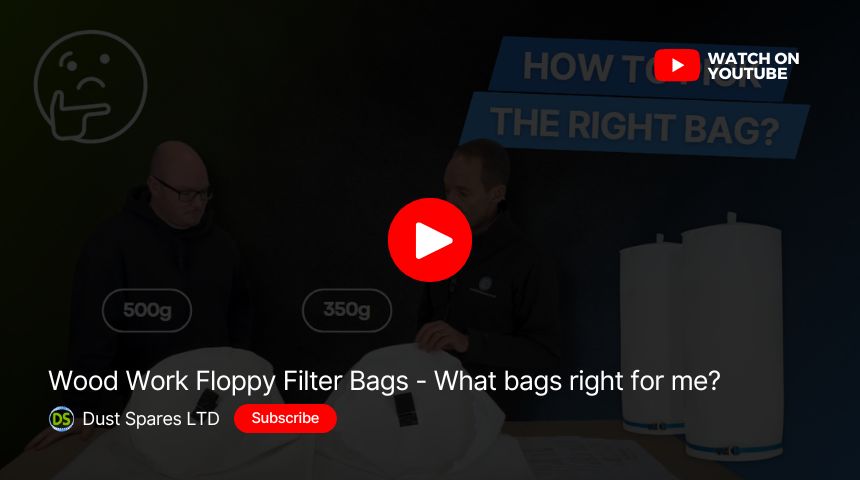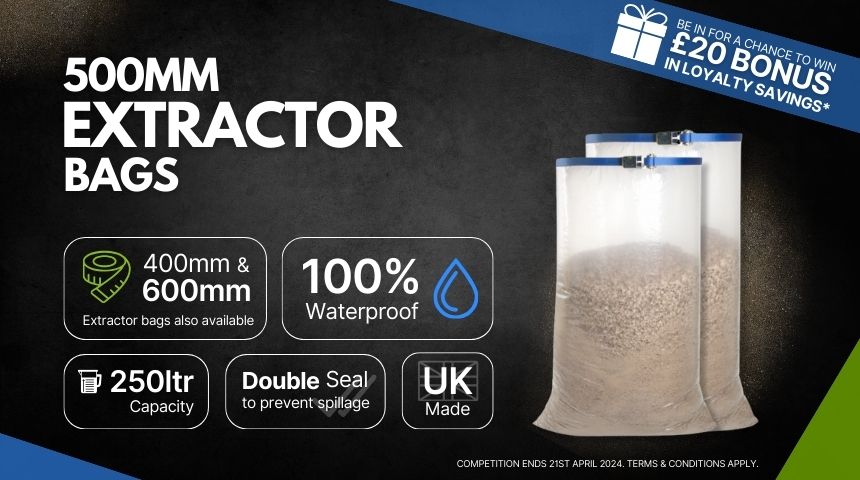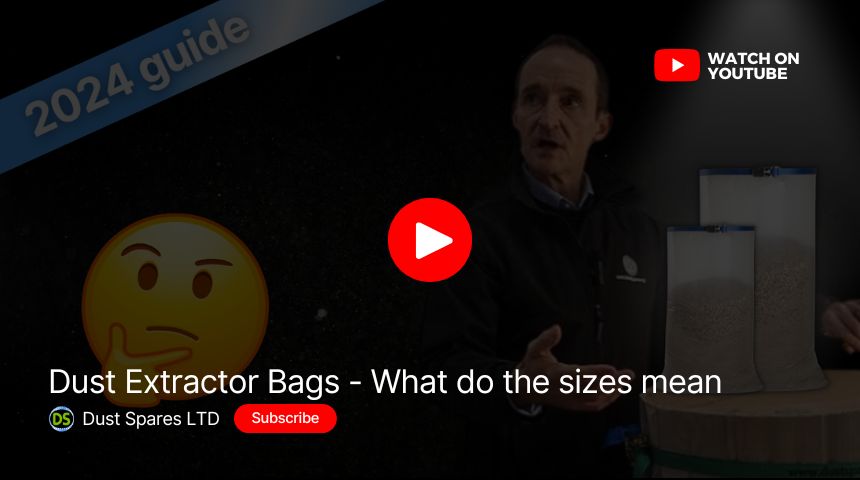Local Storage seems to be disabled in your browser.
For the best experience on our site, be sure to turn on Local Storage in your browser.
Common Issues Or Mistakes With Extraction Arms | Dust Spares
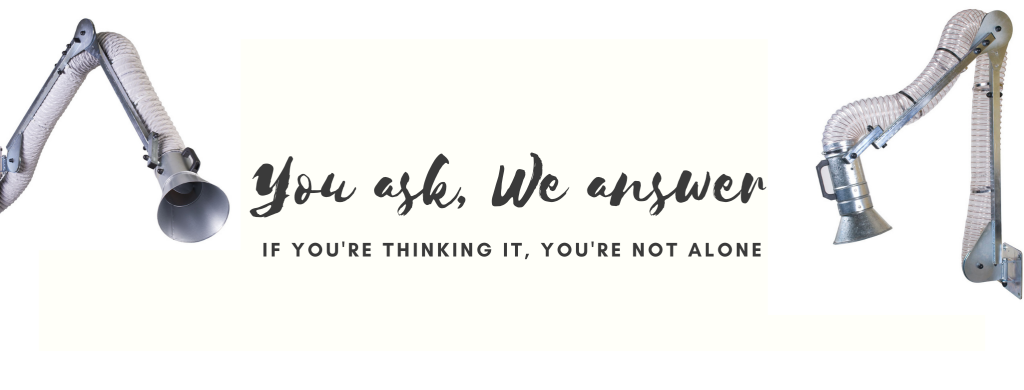
Welcome To Another Blog Post From You Ask We Answer – “YAWA”
Here at dust spares we are committed to answering your questions, and giving you the best advice we can.
We get asked so many questions on a daily basis. We know that if one person is asking that question there is 100+ more thinking it.
So thought it’d be best to share our knowledge. What’s the point in keeping it all to our selves?
Hope you enjoy this series and are able to put things in to practice.
Why Is My Extraction Arm Not Working Properly?
It might be a simple fix. Today we’re here to share some of our most common issues with arms and mistakes people make when installing them.
We are aware of a number of different dust and fume extraction arms on the market, and here at Dust Spares we manufacture our own. This isn’t a sales pitch to get you to buy ours. Hopefully we can give you some insights to make yours more efficient.
In todays article we are talking you through the most common issue we’ve found with arms. Looking at some ways to make the arms more efficient whether you have ours or not.
How Do I Stop My Extraction Arm Furring Up?
Maintenance is key. When you’re around so much dust and particles, it’s easy for internal parts of arms to get furred up. Over a long period, this dust can cause the arms mechanisms to cease up, and even break down.
It’s always possible to get to internal parts, it’s just a long task for some models of arms. The easiest way is to remove the old flex, clean the internal parts and replace the flex (arm replacement flex).
The furring up of internal parts of an arm has been one of the most common issues we’ve found over the 20 years in the business. The reason we have created our own arm, with no internal parts. That’s right, nothing that can get furred up from the inside.
Here’s a 60 second video of our arm so you can see it in action.
How Close Should My Arm Be To The Source?
The greatest efficiency with any extraction system is having the extraction point as close to the source as possible.
As long as it’s safe to do so, removing the fugitive (dust, fumes etc) from the source is key.
There are a number of arms out there, and the arms that we have built are designed to attach to your wall, we have 1m, 2m and an extendable option to 3m.
There is also an option for a floor stand which means you can mount the arms in the centre of the room (or away from the wall).
If your extraction point is between 2-3m from the wall, then we offer a 1m boom that the 2m arm attaches to, this gives you the extended radius of 3m, both for dust and fumes.
What’s The Right Flexible Ducting For The Job?
One of the most common mistakes people make when installing their fume or dust extraction arm is in choosing the right flexible ducting for their job.
Both our fume and dust extraction arms are constructed from galvanised steel with an electrostatic zinc plated finish.
We make it simple, we manufacture two types and they are as follows:
- Fume extraction arm – Built with thermoresistant flex and is safe to use between -5C and +80C
- Dust extraction arm – Constructed with a PU flex that is built for dust and other abrasive particles, and has a thicker flex.
Summery
If you’re able to identify the correct arm for the space you work in, set it up to remove the fugitive from source, and eliminate any parts of the system from furring up, then you’re on to a winner.
If you need any more information then please visit the dust and fume extraction arms page of our website or email info@dustspares.co.uk.

